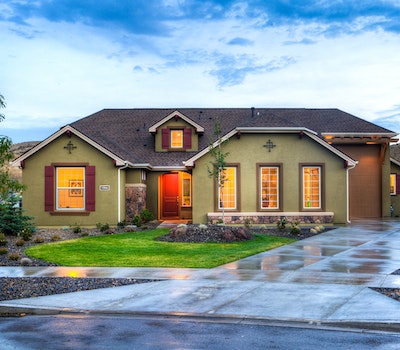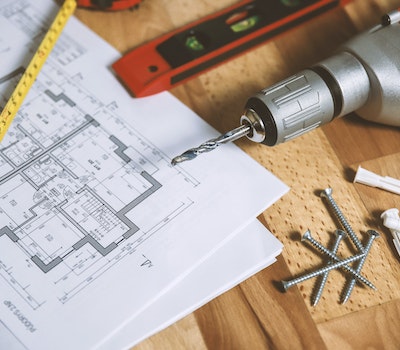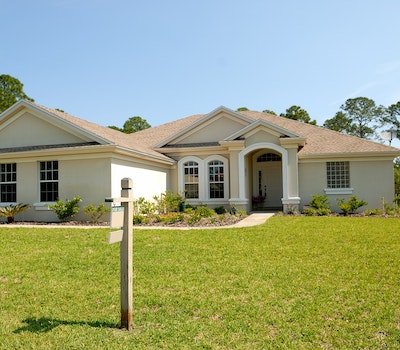

A single-family house flip refers to a real estate investment strategy where an investor purchases a residential property, typically a single-family home, with the intention of renovating and reselling it quickly for a profit. The term “flip” implies that the investor aims to buy the property, make improvements or upgrades to increase its value, and then sell it at a higher price within a relatively short period. Important Considerations for House Flippers:
Financial Resources
House flippers need access to sufficient capital to acquire the property and fund the renovations. Some investors use their own funds, while others may seek financing from lenders.
Due Diligence
Thoroughly researching the property and conducting a comprehensive inspection is crucial to uncover any hidden issues or potential problems before committing to the purchase.
Building a Team
Successful house flippers often build a team of professionals, including contractors, real estate agents, and property inspectors, to help streamline the flipping process.
Exit Strategy
Having a clear exit strategy is vital. If the property doesn't sell as quickly as anticipated, flippers should be prepared for alternative options, such as renting the property or adjusting the selling price.

The investor identifies distressed or undervalued properties that have the potential for improvement and can be purchased below market value. These properties are often in need of repairs or updates, which deter traditional homebuyers.

After acquiring the property, the investor undertakes a series of renovations and improvements to enhance its appearance, functionality, and overall value. This can involve anything from cosmetic upgrades, such as painting and landscaping, to more extensive renovations like kitchen and bathroom remodeling.

The primary objective of a house flip is to sell the property quickly after the renovations are completed. Investors aim to minimize holding costs and expenses associated with owning the property for an extended period.

The success of a single-family house flip relies on the ability to buy low, renovate cost-effectively, and sell high. The profit margin is determined by the difference between the purchase price, renovation costs, and the final selling price.

Successful house flippers have a deep understanding of the local real estate market, including current property values, buyer preferences, and market trends. This knowledge is crucial in determining the right purchase price and resale value.

House flipping carries inherent risks, including unexpected renovation costs, market fluctuations, and the potential for the property not selling as quickly or at the desired price. As such, it can be a high-risk investment strategy.

House flipping requires a certain level of construction knowledge, project management skills, and the ability to accurately estimate renovation costs and timelines.
Don't have an account? Sign Up
